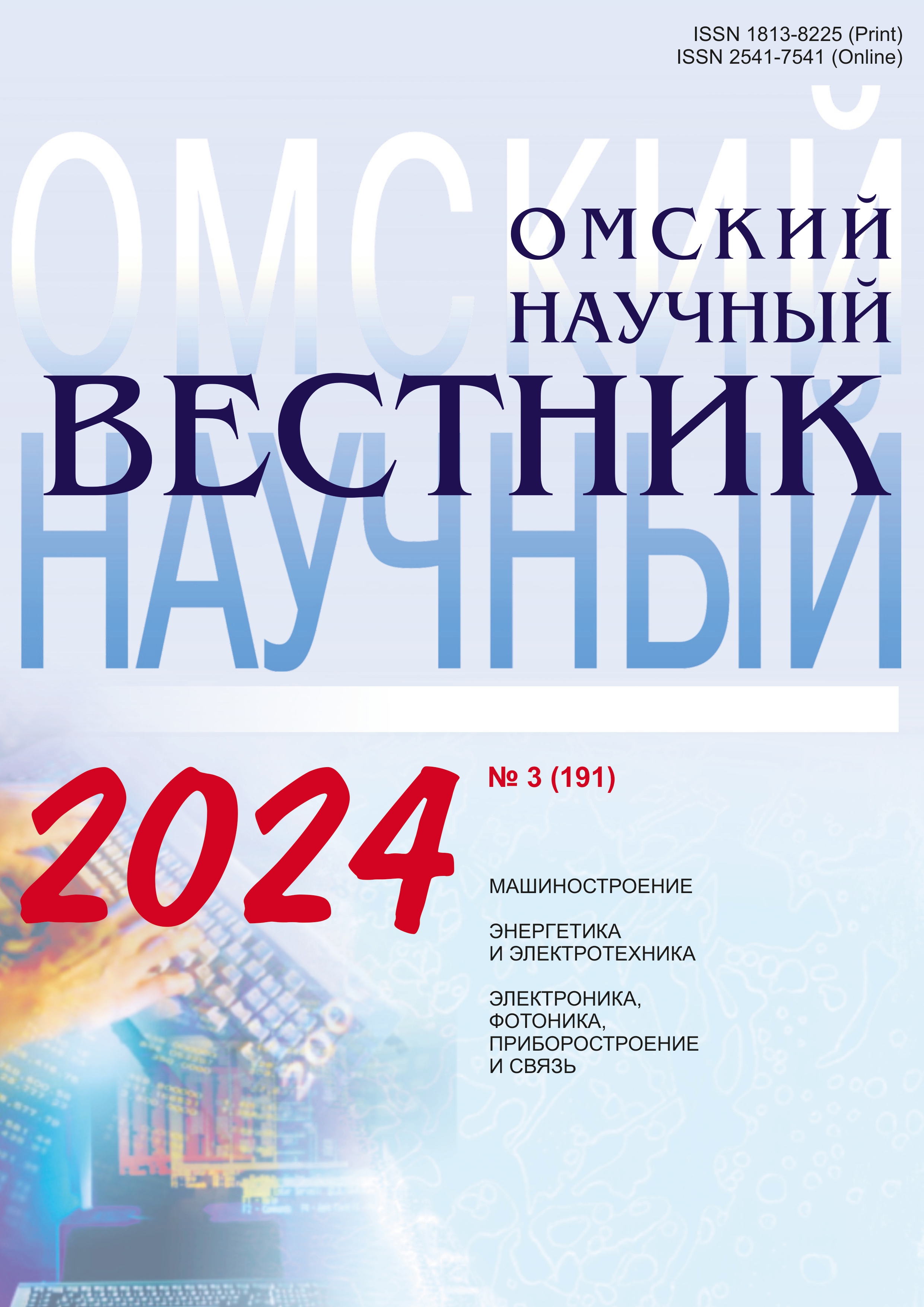Study of the magnetic field effect on partial discharges characteristics
DOI:
https://doi.org/10.25206/1813-8225-2024-191-110-116Keywords:
partial discharge, a magnetic field, partial discharge measurement, characteristics of partial discharges, insulation defect, experimental study, modeling of real conditions of cable operationAbstract
The paper is devoted to the study of the dependences of the characteristics of partial discharges on magnetic induction. The design of the experimental setup has been developed. It allows applying both high voltage and current comparable to the operating one. The setup includes a high voltage source (dielectric tester), a current flow circuit, a high voltage current transformer and a sample of XLPE insulated cable. The operation of the electrical circuit of the experimental setup is simulated using software. The modeling has shown that if the operational electrical strength of the current transformer insulation is present, the high-voltage potential cannot contact the current flow circuit. After this, modeling of the magnetic field inside the insulating layer is carried out. Based on the developed design, an experimental setup is created. To record partial discharges, an artificial defect is created in a cable sample. The results of magnetic field modeling made it possible to estimate the magnetic induction in the field of an artificial cable defect. Next, experimental studies are carried out to assess the influence of the magnetic field of the cable core current on the characteristics of partial discharges. The measurement results have showed a decrease in the average apparent charge of partial discharges and partial discharge power with increasing current. In addition, waveforms are compared, but no significant differences are found. The magnetic field of the current may influence the PD performance in the long term due to its possible influence on the direction of growth of the electrical tree structure.
Downloads
Published
How to Cite
Issue
Section
License
Non-exclusive rights to the article are transferred to the journal in full accordance with the Creative Commons License BY-NC-SA 4.0 «Attribution-NonCommercial-ShareAlike 4.0 Worldwide License (CC BY-NC-SA 4.0»)




